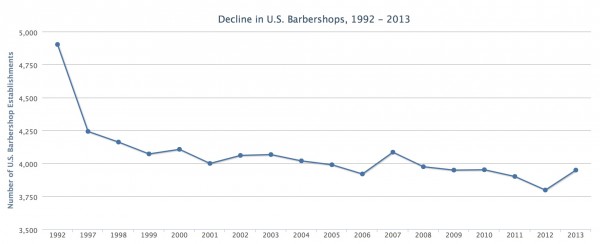Why do so many Americans continue to support Donald Trump with such fervor?
Hillary Clinton now leads Donald Trump in presidential polls by double-digits, but Trump’s hardiest supporters have not only stood by him, many have actually increased their commitment. It seems clear that in a little less than a month’s time, tens of millions of Americans will cast a vote for a man who overtly seeks to overthrow basic institutions that preserve the American ideal such as a free press, freedom of religion, universal suffrage, the right of the accused to legal counsel, and the right of habeas corpus. This is over-and-above his loudly proclaimed bigotry, sexism, boasts of sexual assault, ableism, history of racial and anti-Muslim bias, and other execrable personal characteristics that would have completely destroyed the electoral prospects of past presidential candidates.
Trump is a uniquely odious candidate who is quite likely going to lose, but more than 40% of Americans plan to vote for him. The science of group conflict might help us understand why.

In a powerful 2003 article in the journal American Psychologist, Roy Eidelson and Judy Eidelson foreshadowed Trump’s popularity. Drawing on a close reading of both history and social science literature, they identified five beliefs that — if successfully inculcated in people by a leader — motivate people to initiate group conflict. Trump’s campaign rhetoric deftly mobilizes all five.
- Confidence in one’s superiority: Trump constantly broadcasts a message that he and his followers are superior to other Americans, whereas those who oppose him are “stupid” and deserve to be punched in the face. His own followers’ violent acts are excused as emanating from “tremendous love and passion for the country.”
- Claims of unjust treatment: Trump is obsessed with the concept of fairness, but only when it goes his way. Given his presumed superiority, it naturally follows that the only way he and his supporters could fail is if injustice occurs.
- Fears of vulnerability: Accordingly, Trump has overtly stated that he believes the presidential election will be rigged. His supporters believe him. In one recent poll, only 16 percent of North Carolina Trump supporters agreed that if Clinton wins it would be because she got more votes.
- Distrust of the other: Trump and his supporters routinely claim that the media, government, educational institutions, and other established entities are overtly undermining Trump, his supporters, and their values. To many Trump supporters, merely being published or broadcast by a major news outlet is evidence that a fact is not credible, given the certainty they have that media professionals are conspiring against Trump.
- A sense of helplessness: When Trump allows that it’s possible that he might lose the election because of fraud, conspiracy, or disloyalty, he taps into his followers’ sense of helplessness. No matter how superior he and his followers truly are, no matter how unjustly they are treated, there is little that they can do in the face of a nation-wide plot against him. Accordingly, many of Trump’s most ardent supporters will see the impending rejection of their candidate not as a corrective experience to lead them to reconsider their beliefs, but as further evidence that they are helpless in the face of a larger, untrustworthy outgroup.
By ably nurturing these five beliefs, Trump has gained power far beyond the level most could have dreamed prior to the present election cycle.
It seems clear that, if and when Trump loses, he won’t be going anywhere. He has a constituency, stoked by effective rhetorics shown to propel people to group conflict, one some of his supporters are already preparing for. And, since he has convinced so many of his supporters that he alone can bring the changes they desire, it is a surety that he will use their mandate for his own future purposes.



